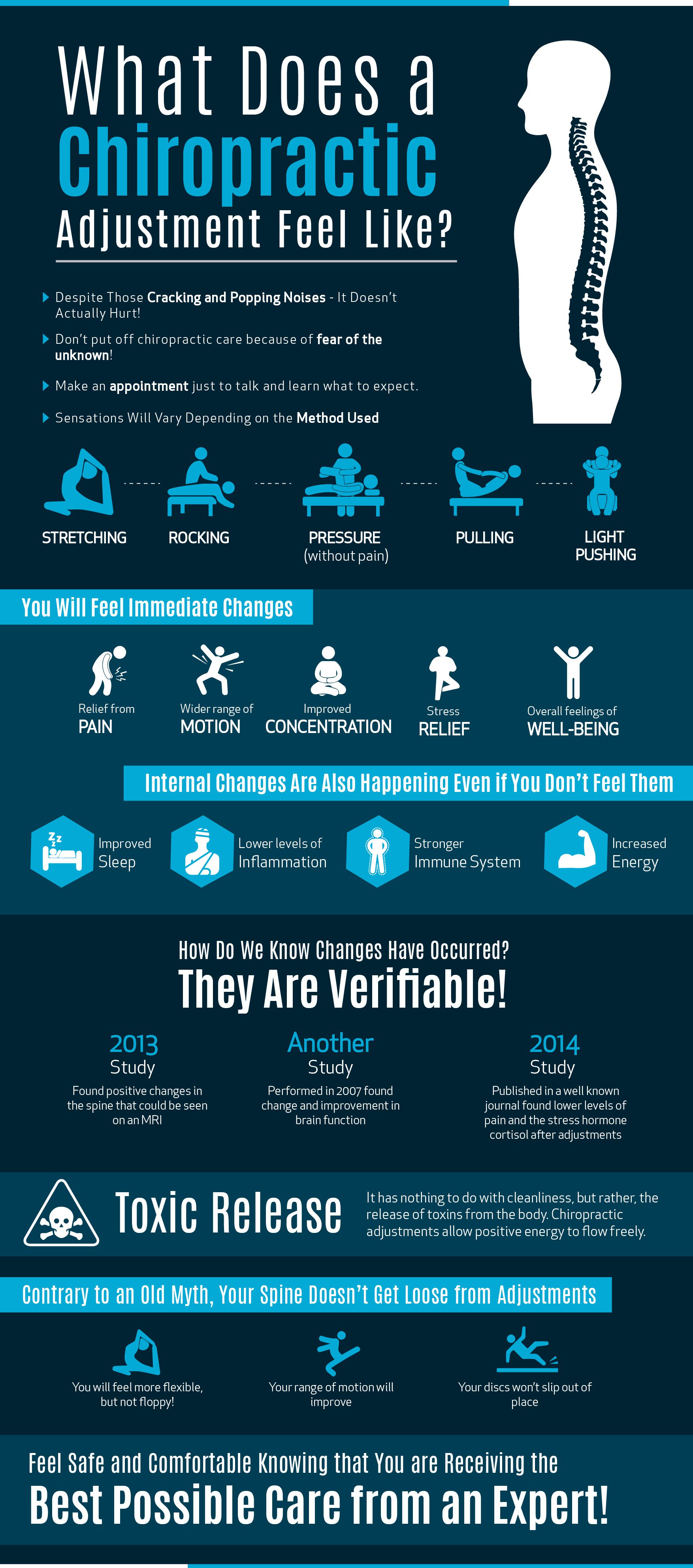The Connection In Between Stance And Neck And Back Pain: Approaches For Keeping Appropriate Positioning Throughout The Day
The Connection In Between Stance And Neck And Back Pain: Approaches For Keeping Appropriate Positioning Throughout The Day
Blog Article
Web Content Composed By-Houghton McIntyre
Keeping appropriate position isn't nearly staying up directly; it has to do with aligning your body in a way that sustains your spine and minimizes the risk of neck and back pain. The method you sit, stand, and relocate throughout the day can significantly influence your back wellness. However just how specifically can you make sure excellent placement regularly, also during active days loaded with numerous tasks? Let's dig deeper right into the refined yet impactful modifications you can make to your everyday routine to maintain your back satisfied and healthy and balanced.
Relevance of Appropriate Pose
Correct posture is critical in keeping a healthy and balanced back and stopping pain. When you sit or stand with excellent pose, your spine is in placement, reducing stress on your muscles, ligaments, and joints. This alignment enables the body to disperse weight evenly, protecting against too much tension on particular areas that can result in discomfort and pain. By maintaining your spinal column properly aligned, you can also improve your breathing and digestion, as slouching can compress organs and restrict their functionality.
Furthermore, preserving good stance can improve your total appearance and self-esteem. When east village acupuncture and massage stand tall with your shoulders back and head held high, you emanate confidence and show up even more approachable. Excellent posture can also make you feel extra invigorated and sharp, as it promotes correct blood flow and enables your muscular tissues to function successfully.
Integrating appropriate posture right into your everyday routine, whether sitting at a workdesk, strolling, or exercising, is crucial for protecting against back pain and promoting general well-being. Remember, a little modification in how you hold on your own can make a significant distinction in exactly how you really feel and function throughout the day.
Common Postural Mistakes
When it comes to maintaining excellent stance, lots of individuals unconsciously make usual errors that can add to back pain and pain. https://family-chiropractic-healt73950.snack-blog.com/31134847/wave-goodbye-to-neck-and-back-pain-the-function-of-chiropractic-practitioners-in-minimizing-discomfort of one of the most common errors is slouching or hunching over while resting or standing. This setting puts too much stress on the spine and can lead to muscular tissue imbalances and discomfort over time.
Another common blunder is overarching the reduced back, which can flatten the all-natural contour of the back and cause pain. Furthermore, going across legs while resting might feel comfortable, but it can develop an imbalance in the hips and hips, resulting in postural concerns.
Making https://www.signalsaz.com/articles/how-to-tell-if-sciatica-is-triggering-the-pain-in-your-back/ of a pillow that's as well soft or as well strong while sleeping can additionally affect your placement and contribute to back pain. Last but not least, continuously craning your neck to look at screens or adjusting your position often can strain the neck and shoulders. Bearing in mind these usual postural mistakes can help you maintain far better alignment and reduce the danger of back pain.
Tips for Correcting Positioning
To improve your alignment and minimize pain in the back, it's necessary to concentrate on making small modifications throughout your everyday routine. Start by being mindful of your posture. When resting, ensure your feet are flat on the flooring, your back is straight, and your shoulders are loosened up. Avoid slouching or leaning to one side. Use ergonomic chairs or cushions to support your lower back.
When standing, disperse your weight evenly on both feet, keep your knees a little bent, and embed your hips. Involve your core muscle mass to sustain your spine. Take breaks to extend and walk around if you have an inactive job. Integrate exercises that strengthen your core and back muscular tissues, such as planks or bridges.
While sleeping, use a cushion that supports the natural contour of your neck to keep correct spine placement. Avoid sleeping on your belly, as it can strain your neck and back. By being mindful of these pointers and making small changes, you can gradually remedy your positioning and ease back pain.
Verdict
Bear in mind, keeping great pose is key to preventing back pain and advertising spinal health. By being mindful of your alignment, dispersing weight equally, and involving your core muscle mass, you can lower pressure on your back and lessen the danger of discomfort and injury. Integrate ergonomic support, take regular breaks to extend, and enhance your core and back muscular tissues to preserve correct positioning throughout the day. Your back will thanks for it!
